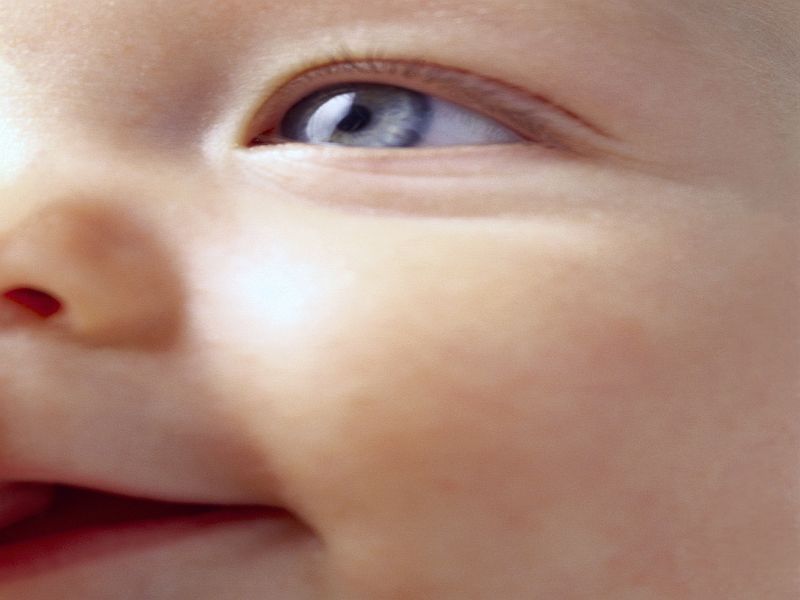WEDNESDAY, Dec. 23, 2020 (HealthDay News) — For children undergoing unilateral cataract removal in infancy, the risk for glaucoma-related adverse events increases during follow-up and is not influenced by primary intraocular lens (IOL) implantation, according to a study published online Dec. 17 in JAMA Ophthalmology.
Sharon F. Freedman, M.D., from the Duke University Medical Center in Durham, North Carolina, and colleagues conducted a multicenter randomized clinical trial involving 114 infants with unilateral congenital cataract who were ages 1 to 6 months at surgery. At cataract surgery, participants were randomly assigned to either primary IOL or aphakia.
The researchers found that the risk for glaucoma after cataract removal increased from 9 percent at one year to 17 and 22 percent at five and 10 years, respectively, for all study eyes combined. The risk for glaucoma plus glaucoma suspect diagnosis after cataract removal increased from 12 percent at one year to 31 and 40 percent at five and 10 years, respectively. There was no significant difference noted between the treatment groups in the risk for glaucoma or glaucoma suspect diagnosis at 10 years. Longer axial length was seen for eyes with glaucoma (compared with eyes with glaucoma suspect or neither), but they had a relatively preserved retinal nerve fiber layer, similar optic nerve head appearance, and visual acuity at 10 years of age.
“The results challenge the notion that replacing the child’s lens with an implanted one protects the child from developing glaucoma, a belief among some pediatric ophthalmology surgeons,” a coauthor said in a statement.
One author disclosed financial ties to the biotechnology and medical device industries.
Abstract/Full Text (subscription or payment may be required)
Copyright © 2020 HealthDay. All rights reserved.


